Machine automation controllers (MAC) are relatively new to the industrial market. The new category of controller was introduced by Omron Industrial Automation as an expansion of the industrial controller concept, along a continuum from PLCs and PACs (programmable automation controllers) to new MACs.
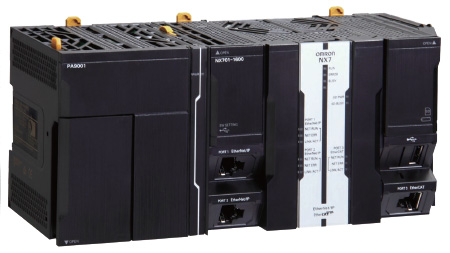
The main differentiating feature of a MAC versus a PAC is that a MAC is designed and built around motion control from the ground up, integrated with other functions such as sequencing and networking. Central to the MAC architecture is a real-time scheduler that updates motion, network, and applications all at the same time. The result is better and tighter synchronization of multiple systems, from motion, vision, and safety to enterprise-level data sharing and control.
In contrast, PACs are designed as more general controllers where they can be used in non-motion applications such as process control. The problem for a PAC in motion control comes with expanding axes which is more taxing on its operating system, making system performance fall short.

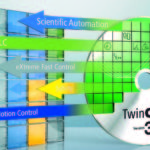

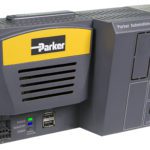
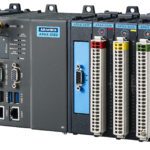
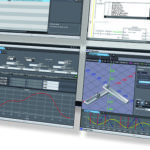

Leave a Reply
You must be logged in to post a comment.